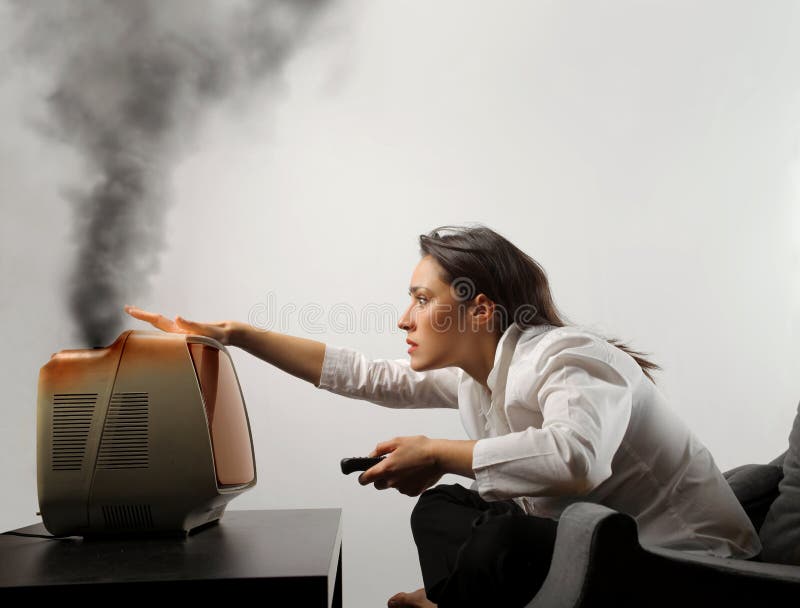Professional TV Repair vs DIY Solutions
Determining whether to attempt DIY television repair or seek professional help depends on several factors including the type of failure, your technical expertise, and the television's age and value. Simple issues like loose connections, software glitches, or remote control problems can often be resolved at home with basic troubleshooting techniques.
However, internal component failures, screen replacements, and power supply issues typically require professional expertise and specialized tools. Modern televisions contain high-voltage components that can be dangerous to work with, and improper handling can cause additional damage or personal injury. Professional repair services have the necessary equipment, replacement parts, and expertise to safely diagnose and fix complex television problems.
Before deciding on repair versus replacement, consider the television's age, original purchase price, and estimated repair costs. Generally, if repair costs exceed 50% of the television's current value, replacement may be more economical. Additionally, newer televisions often come with improved energy efficiency, better picture quality, and updated smart features that older models lack.




